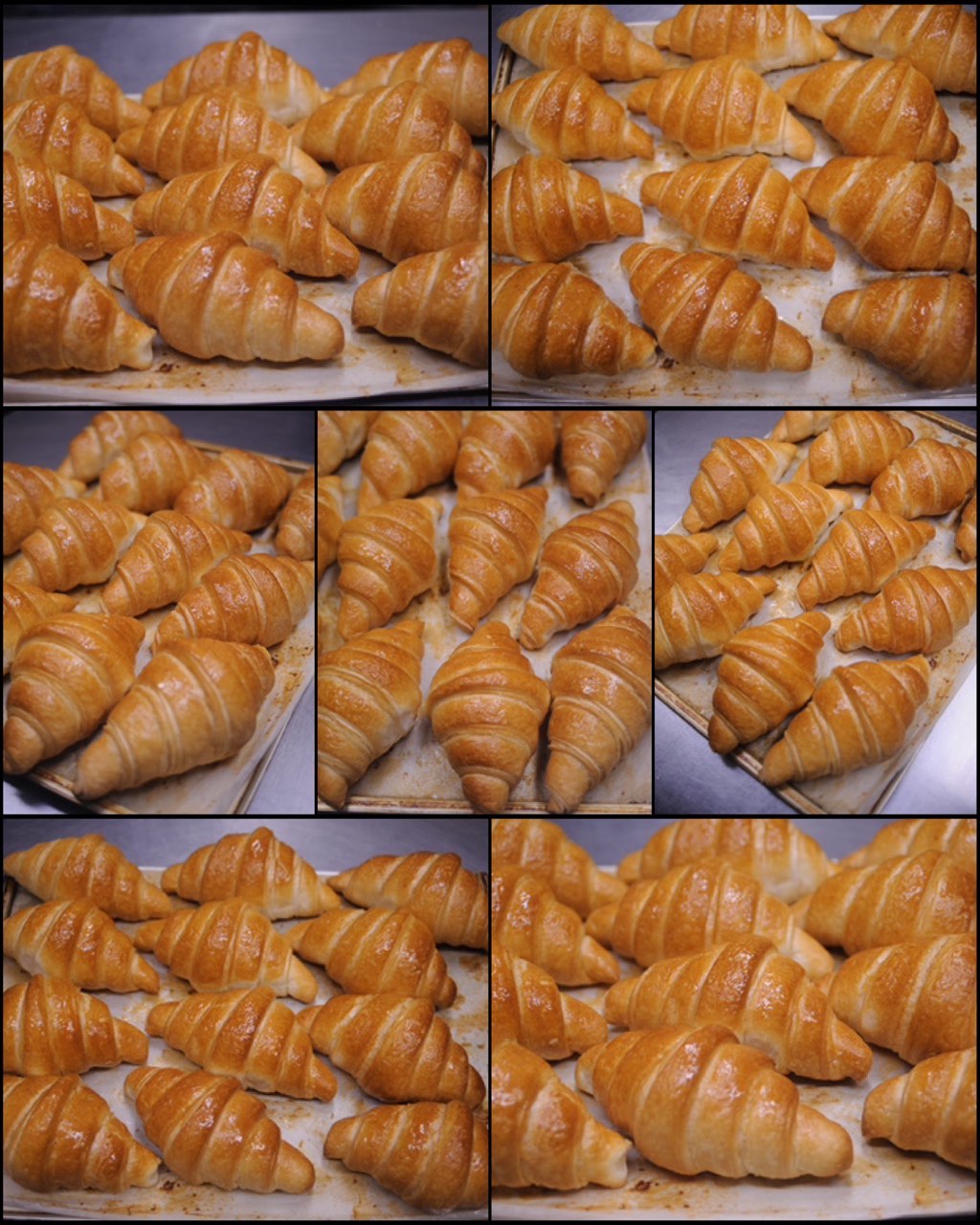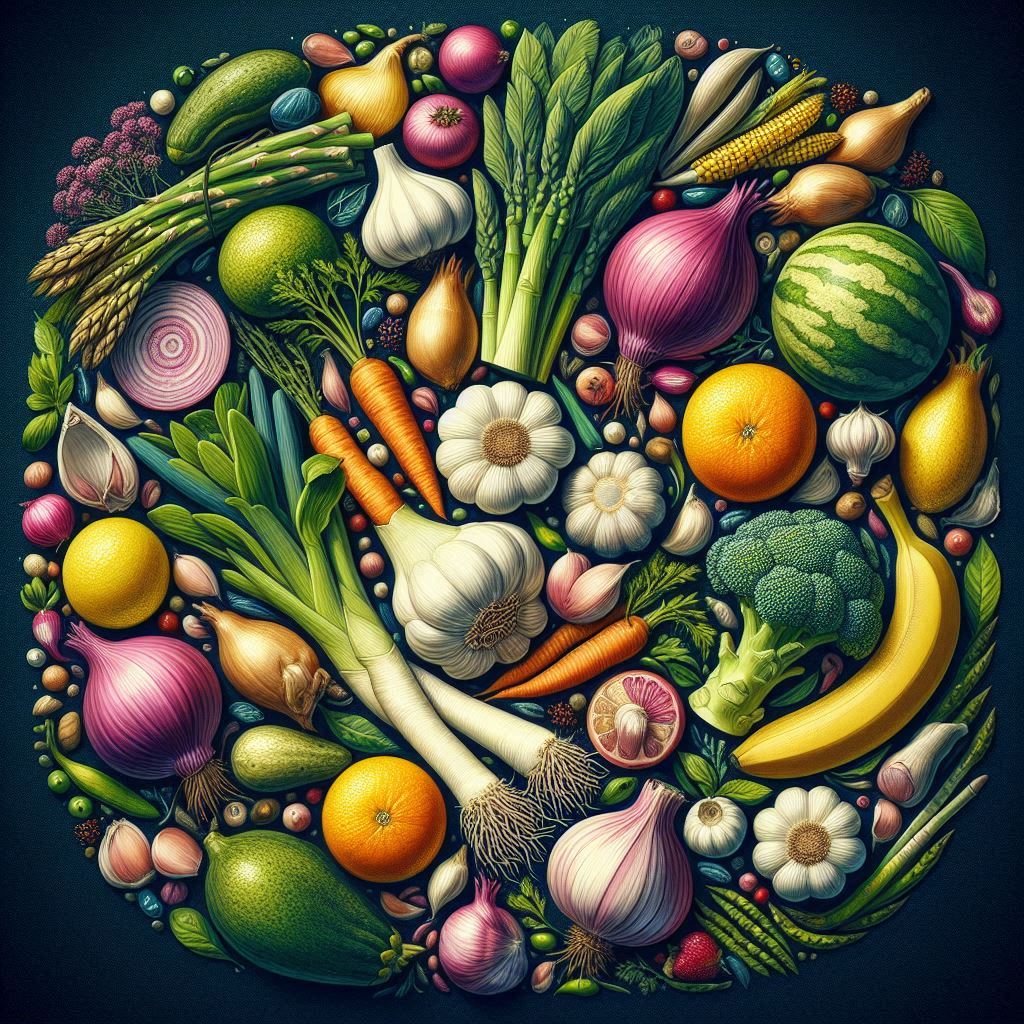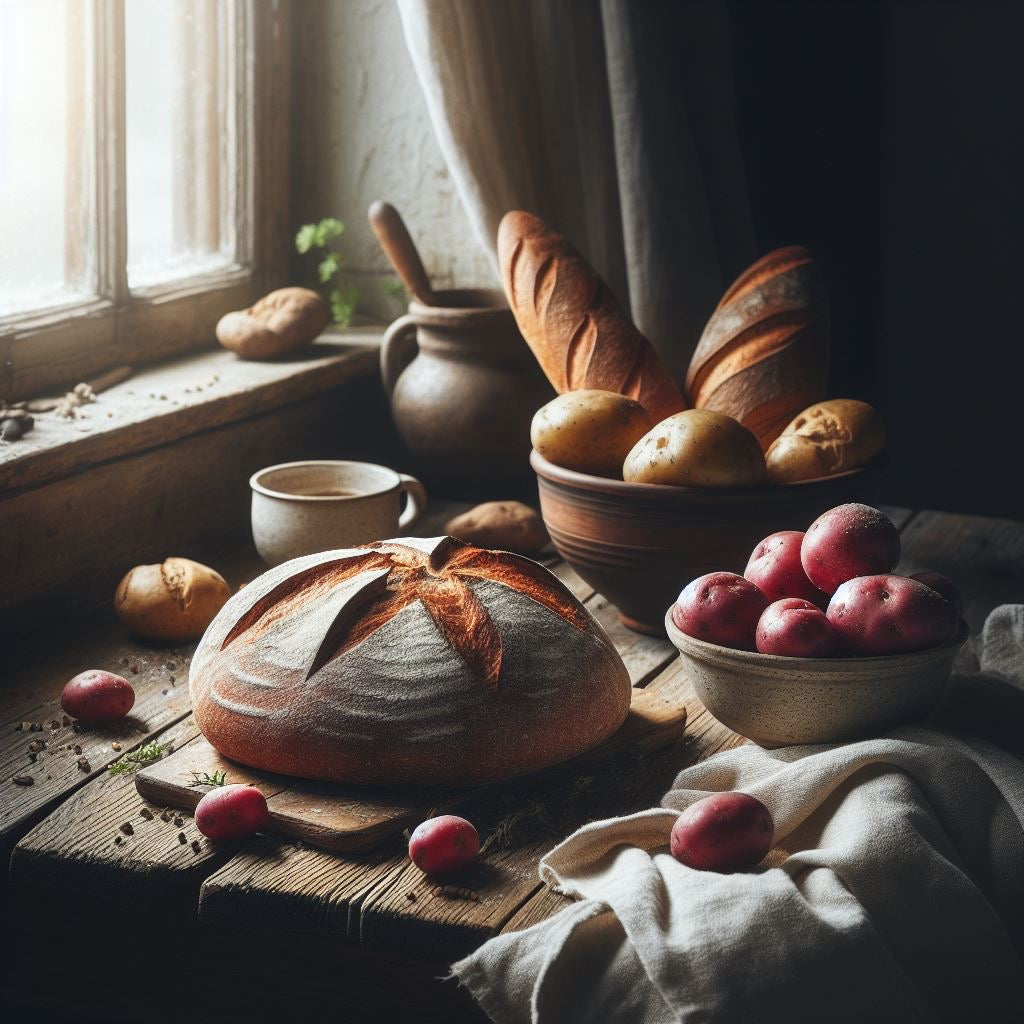Proportion for 12 pieces
Ingredients:
DUST:
- 310g Cornstarch
- 30g Potato starch
- 20g Very fine rice flour
- 60g Granulated sugar
- 60g Angel Mix
- 5g Fine salt
- 25g Fresh yeast
LIQUIDS:
- 290g Cold water
- 20g Sunflower oil
- Flavor to taste (vanilla, citrus, etc.)
FOR LAMINATING:
- 180g Puff Pastry Margarine
TO BE REFINED:
- 70g High-quality butter
Procedure:
First, put the butter in a pan and let it clarify over a very low heat, so as to concentrate the fatty part while evaporating the watery part. It will take about 10/15 minutes. This will allow you to obtain a very fragrant and tasty product, with a strong flavor of fresh butter. It is possible to obtain the same result using a microwave oven, being careful to cover the bowl used with transparent film, which will then be perforated, so as to let the steam escape but preventing the inside of the microwave from getting dirty cause of splashes.
Gather all the "Powders" in the mixer bowl and start it at low speed with the hook.
Pour in the "Liquids" and continue to work for about ten minutes, switching to medium-high speed and cleaning, from time to time and with the machine stopped, the sides of the bowl, using a spatula and bringing the mixture back to the centre.
In the meantime, form a rectangle with the margarine, bringing it to a thickness of about 1cm. It doesn't need to be an extremely precise rectangle, the thickness just needs to be uniform. If you use NON-professional margarine or the room temperature is particularly high, it may help to leave the margarine in the freezer for 3/4 minutes.
Transfer the dough to the table, and using the rice starch as a dusting, create a long, narrow rectangle, enough to insert the "block" of margarine and cover it. It is the classic system for incorporating the fat part into a dough for puff pastry or croissants.
Give two simple turns (called three) at a thickness of 7/8mm, without taking breaks between one turn and the next and trying not to use too much rice starch as a dusting, and in this case have be careful to brush off the excess. If you have any doubts about how to carry out this operation, you can watch our video on the Angel Food YouTube channel, or any other video regarding the lamination of puff pastry dough available online.
After the two rounds, roll out a rectangle with the long side measuring 54/55cm, but this time with a thickness of 5/6mm. Cut out 6 rectangles with a 9cm short side and cut two croissants from each one, cutting the rectangle lengthwise from one corner to the other. This will give you a total of 12 croissants.
Do not throw away any scraps of dough, but divide them into the center of each croissant before rolling it. Spray the surface of the triangle with water and roll, loosely, to form the classic croissant, leaving the tip pointing downwards when placing it in the baking pan.
Cover with a bag previously brushed with oil or non-stick spray and leave to rise at a temperature of 45°C for approximately 90 minutes, or at least until the volume triples. The optimal relative humidity inside the leavening chamber is 60%.
Preheat the oven to 180°c, remove the tray from the bag and cook for approximately 23 minutes, until golden brown.
Remove the pan from the oven and immediately and generously brush each croissant with the liquid clarified butter.
Transfer to a wire rack to cool completely: you can freeze the product for up to 30 days from the production date or store it at room temperature for approximately 3 days, in a tightly closed bag.
Note:
They are considered "smart" butter croissants because with this recipe it is possible to obtain delicious croissants with a delicious and intense flavor and aroma of butter, despite not using butter as the main rolling fat.
This translates into a lower food cost but also to greater ease of handling the dough - especially in areas or moments with very high temperatures - and faster leavening compared to croissants obtained using only butter for the preparation of the flaky layers .





Share:
Focaccia with extra virgin olive oil with 12h leavening
100% vegan sweet flaky cocoa croissants